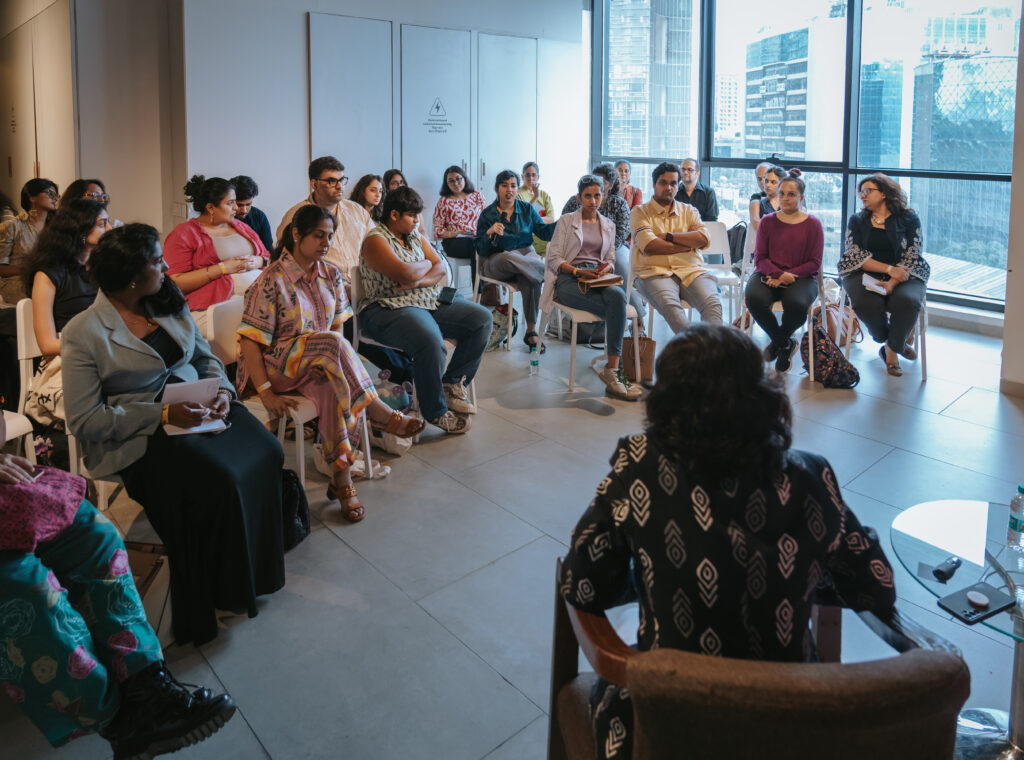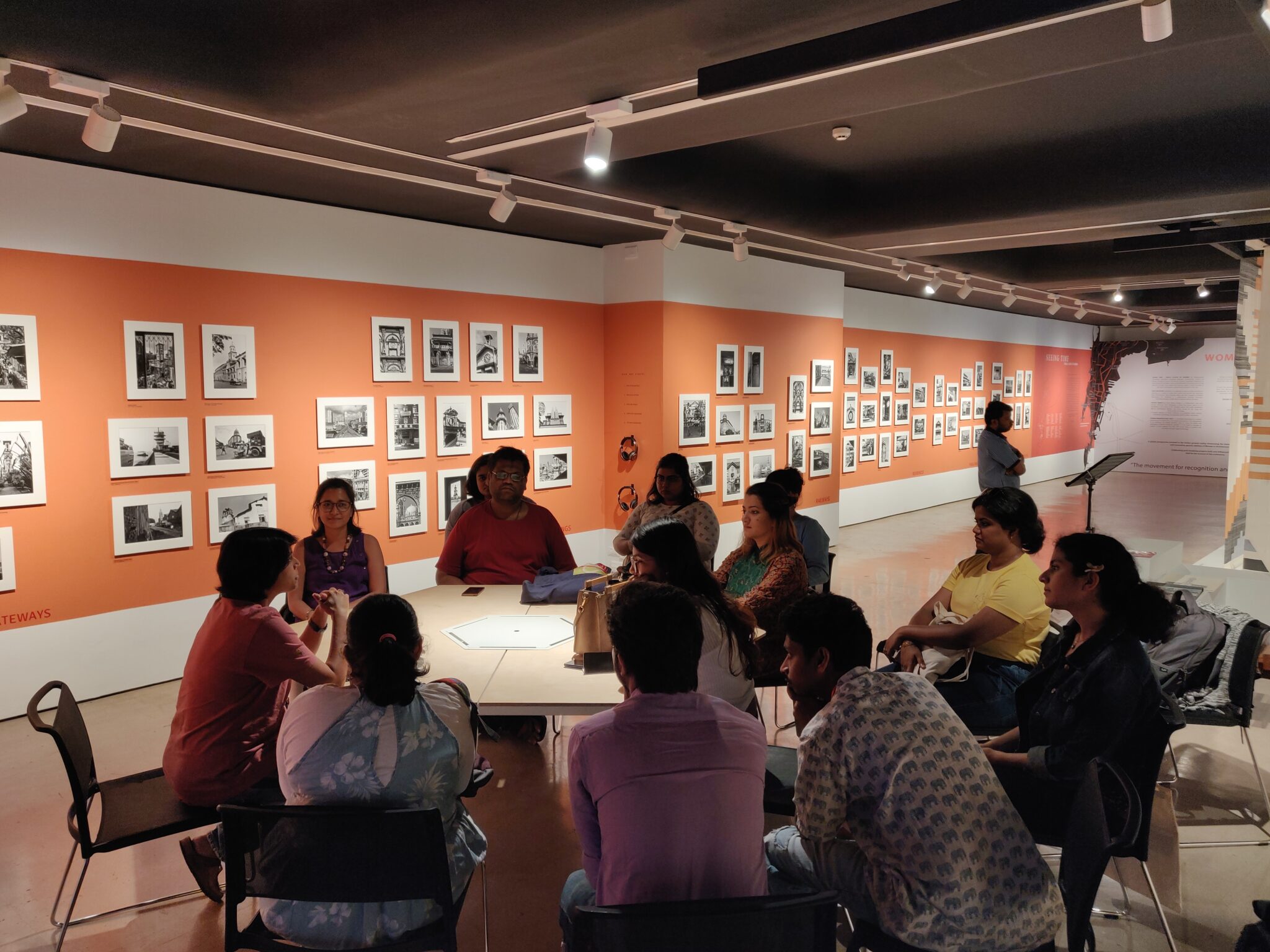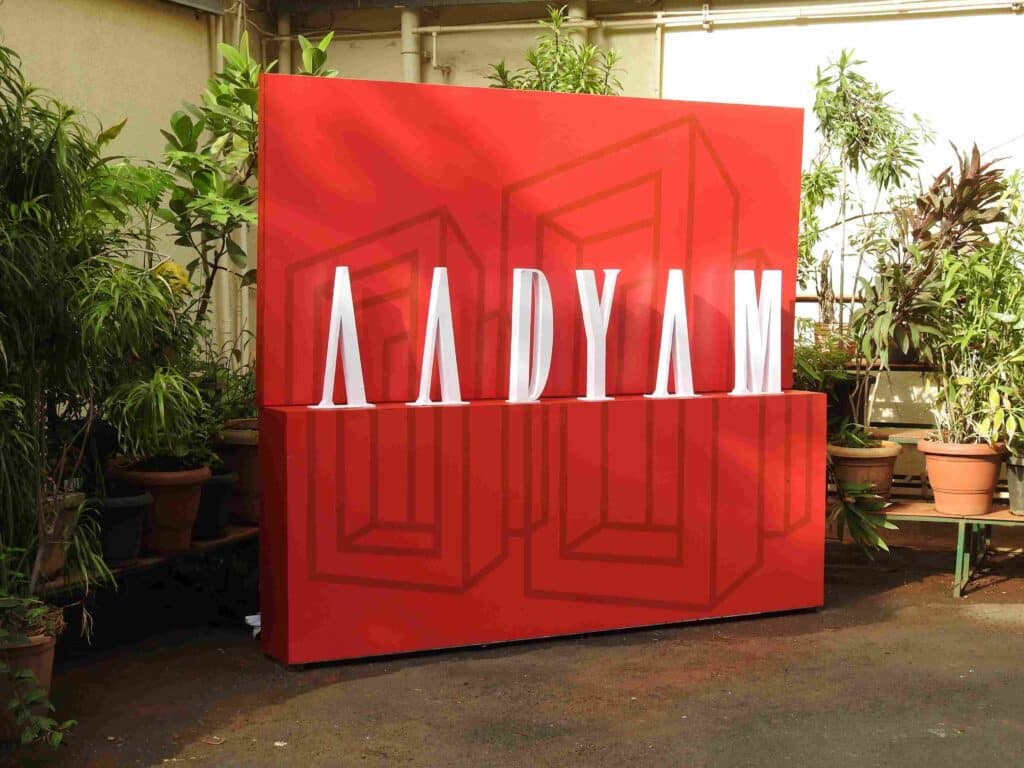You sit at your desk. You open your inbox. Nothing. Again. You tell yourself not to care, but you do. You tell yourself you are not your CV, but then why does it feel like rejection when a recruiter doesn’t respond? Why does silence feel personal when you’ve done everything right; degrees, internships, those unpaid weekends you don’t talk about? The truth is, they probably never even saw it. The machine did. An Applicant Tracking System, or ATS, doesn’t feel drawn to the phrasing of your cover letter or pause at the thoughtfulness of your last role. It doesn’t appreciate your font or care that you kept it to one page. It scans. It matches. It filters. You’re in or out.
A CV is a version of you that walks into rooms where you’ve never been. It doesn’t speak for all of you but it has to say enough.You hope it shows not just what you’ve done, but who you are. But somewhere between that hope and the formatting, things fall apart. You can’t afford to overlook the details, even though you’re tired, even though you’ve applied to more than twenty-one roles this month. So here is a guide to help your CV become what it needs to be.
Why your resume matters in the age of DMs and Linkedin
Resumes are still an essential component of the hiring process, even if Direct Messages (DMs) and LinkedIn provide a rapid means of connecting with recruiters. A strong CV is essential for the traditional application processes that many businesses still use, such as job boards and employment portals. Your resume narrates your professional development, accomplishments, and areas of expertise—aspects that may not be adequately conveyed in a casual direct message or LinkedIn profile. It gives recruiters a concise, organised overview of your career path.
With the widespread use of ATS in today’s environment, resumes should be succinct but effective. Instead of enumerating all of your duties, try to take a balanced approach, concentrating 50% on your primary duties and 50% on the results and accomplishments you produced. Both recruiters and the software that scans resumes will find your resume more impressive if you do this.
Before you start writing, set the stage.
For some people, creating a CV is simple, but for others, it might be challenging since we often add items that may not appear important to the recruiter, but to us, they are. Key points should be included on your CV. In order for the recruiting manager to understand what you would contribute to the company, go beyond simply listing your schooling and duties and include pertinent accomplishments, abilities, and—above all—achievements. Technical skills are worth mentioning, particularly in light of the effective application of AI in our daily lives nowadays. Additionally, while recruiters are performing boolean searches which essentially requires the use of keywords in their databases, ATS makes your resume visible to them.
What belongs on a resume and where.
Start with the essentials: at the top, include your name and contact details (don’t include a long address; just the city or country name will do); a link to your LinkedIn page is essential; and if you have a portfolio, include that as well. Below your name, provide the positions you are interested in; these should again be keyword-specific so the ATS can examine them. Include a brief biographical statement that highlights your professional background.
Proceed to the following section, which is your skillset. To demonstrate your expertise, provide a nice 50/50 mix of your technical and soft talents. Next, highlight your work experience; if an organisation’s duties are unrelated to the position you’re going for, keep them brief. Emphasise your successes and strong points here. Certifications and education are added later; keep it brief and don’t include everything. For example, if you have a Master’s degree, just mention it along with your Bachelor’s. Regarding the certifications, include just those that are relevant.
You might include your volunteer work and any project experience in the last few pages of your resume. It is also beneficial to include the languages you speak.

Is it bragging if it’s true? Or how to talk about yourself.
You are here to stand out, so it’s okay to boast about yourself as long as you don’t go overboard. Discuss your duties, team management abilities, and promotions, but only with a specific number that backs up your points. “Curated three shows for the organisation, focusing on subjects such as modern indigenous art, colonial-era textiles, and the evolution of miniature paintings” or “Promoted to Collections Associate within a year of joining the organisation” are two instances. Emphasising your accomplishments makes an impression on the recruiter or other person who reads your CV.
The secret language of key words
Do you recall ATS? Either it will be your enemy, whom you detest, or it will be your best friend, helping you land the job. Employers can examine resumes more quickly thanks to applicant tracking systems (ATS), and the highlighted keywords provide a brief synopsis of your work. No recruiter spends more than thirty to fifty seconds on a CV. From an HR standpoint, they’re juggling several resumes alongside other duties. Keywords help your CV stand out, and even display your resume in boolean searches.
Adding relevant keywords helps in providing a structure of your responsibilities. Keywords act as a guiding point to highlight key areas such as documentation, cataloguing, research, and project coordination. Keywords also improve clarity and make it easier to align your experience with specific job roles or industry expectations.
Things that are hurting your resume
Don’t provide private information like your entire address or marital status. Tables and symbols should be avoided as they complicate the ATS’s screening process. If your resume or even a section of it is an image, an ATS can’t read it. It’s like hitting Ctrl + F on a photo of a PDF; the words are there, but they’re invisible to the machine. So, keep it text-based, searchable, and clean. Avoid using a selfie, especially if it doesn’t look tidy or professional. You may choose to add a professional photo on your resume, though not required. Using themes with striking backgrounds or colours gives your CV a very haphazard and amateurish appearance. Don’t use “I,” “me,” and “myself” too frequently.

Tools to make resume-building less painful.
To assist you in creating the ideal CV, there are several tools on the market. Some of the apps listed below, nevertheless, might be helpful. There are several free resume templates available on Canva. Since Nova Resume only lets users produce one-page resumes, it is better suited for recent graduates and young professionals just starting their careers. Useful resources include Microsoft Office, Canva, and Nova Resume.
Because a resume should be enticing to recruiters and employers, formatting is crucial. Therefore, one should strive to avoid cursive typefaces, which make it harder to read, starting with the fundamentals, which is the font size.
One resume won’t fit every job and that’s okay!
One CV won’t fit every role. Even jobs with similar titles often come with very different requirements. So the mantra is customise and personalise. Update your resume frequently and including a cover letter might be helpful too.
At the end of the day, the CV is just a starting point. In a world that runs on efficiency, don’t let your story get lost in translation. Shape it. Polish it. Make it undeniable. Then let it speak for you.
Also read:
Freelancing has no map. Here’s how to chart your own path.
Success in the Creative Industry Has No Shortcut. Here’s How to Earn It.
For more articles on festivals in India, check out our Read section of this website.




Share on